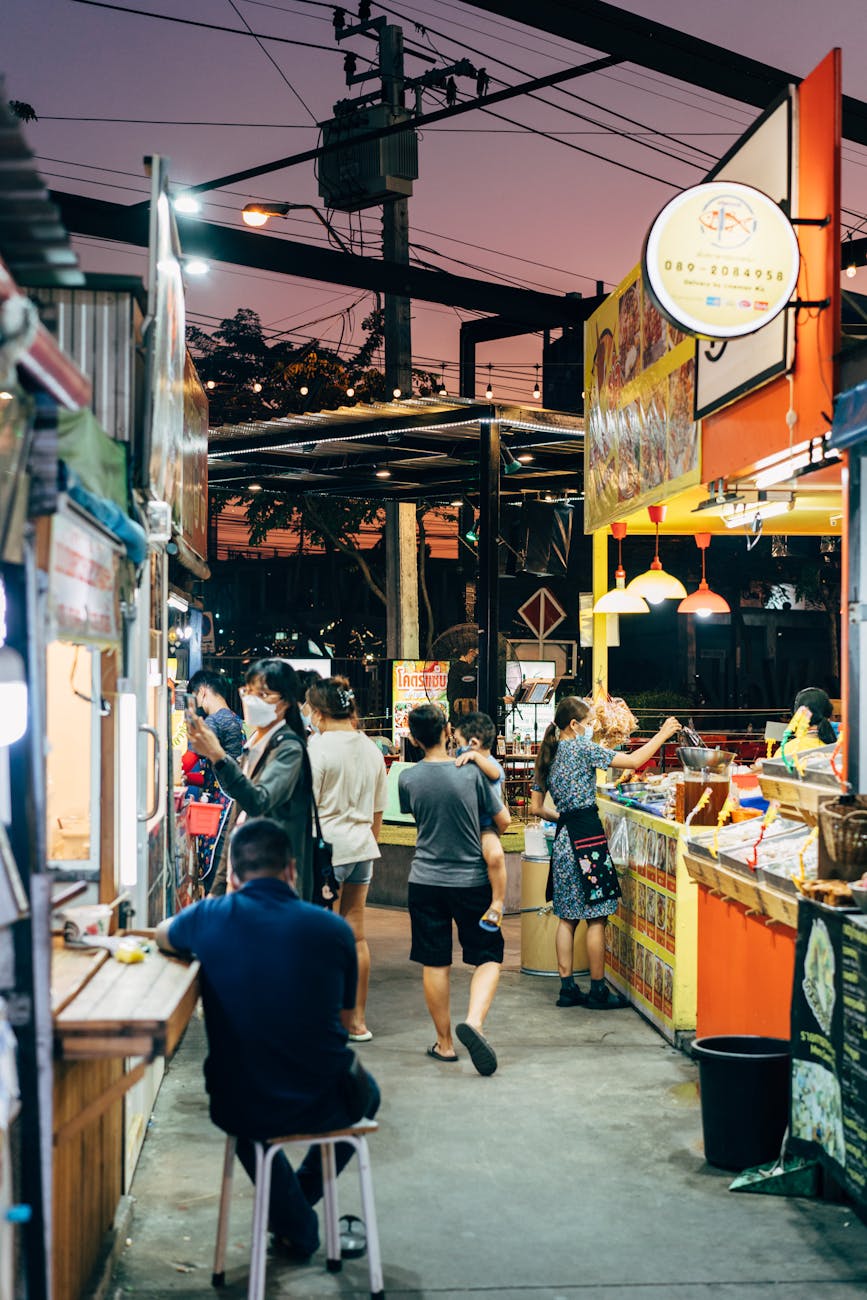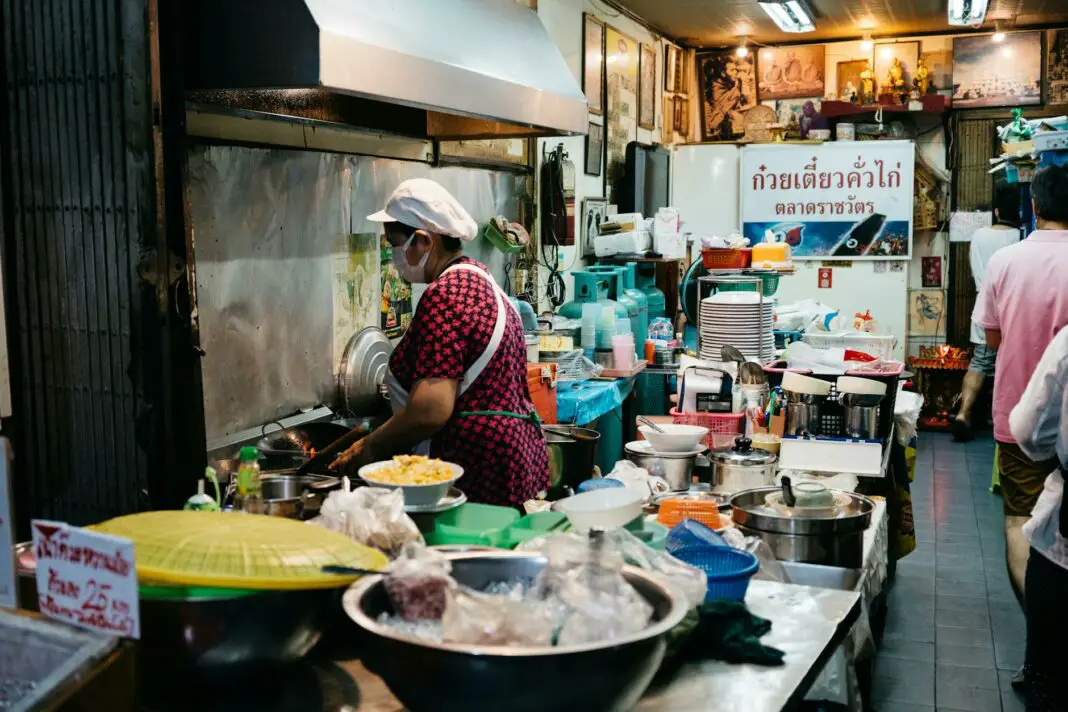Thailand’s culinary scene is a vibrant tapestry of flavors, aromas, and textures that reflect its rich cultural heritage. From the bustling streets of Bangkok to the serene shores of Phuket, each region boasts its distinct dishes that tantalize taste buds and ignite the senses. This blog post uncovers the secrets behind Thailand’s most mouthwatering regional dishes, revealing how local ingredients, traditional cooking techniques, and cultural influences intertwine to create a culinary paradise. Prepare to embark on a delicious journey through Thailand’s provinces and savor the stories that accompany each unique dish.
Whether you are a seasoned traveler or planning your first adventure in Thailand, understanding the intricacies of its regional cuisine will enhance your experience and appreciation. This guide delves into regional specialties, explores culinary techniques, and offers actionable insights on how to enjoy Thailand’s food scene like a local. Ready to discover the mouthwatering secrets of Thai cuisine? Let’s dive in!
Table of Contents
- Exploring Northern Thailand’s Rich Flavors
- Northeastern Thailand: A Spicy Affair
- Central Thailand: The Heart of Thai Cuisine
- Southern Thailand: A Seafood Lover’s Paradise
- Unveiling the Culinary Secrets of Thailand
- Savoring Thailand’s Culinary Journey
- Frequently Asked Questions
Exploring Northern Thailand’s Rich Flavors
Northern Thailand, with its mountainous terrain, offers a distinct culinary landscape that delights food lovers from around the globe. Classic dishes like Khao Soi, a creamy coconut curry noodle soup, embody the essence of northern cooking. The use of fresh herbs, spices, and local products elevates the flavors to new heights, creating a delightful balance of richness and tanginess. The traditional cooking methods, such as slow-cooking and grilling, enhance the intricate layers of flavor that define this region.
Moreover, local ingredients such as fresh coriander, turmeric, and a variety of chilies play a vital role in crafting these regional masterpieces. In fact, the farmers’ markets in Chiang Mai burst with seasonal produce, offering a feast for the senses. The vibrant atmosphere and palpable love for food make it an essential stop for anyone eager to delve into Northern Thailand’s culinary treasure trove. Do not miss the chance to savor these unique flavors, as they tell a story of heritage and community that is deeply rooted in Thai culture.
Northeastern Thailand: A Spicy Affair
Known as Isaan, Northeastern Thailand is celebrated for its bold flavors, particularly its spicy and tangy dishes. One cannot mention this region without highlighting the iconic Som Tum, or green papaya salad, which artfully combines the freshness of raw vegetables with mouth-puckering chilies and zesty lime juice. This dish encapsulates the essence of Isaan cuisine, where vibrant ingredients come together to create a delightful burst of flavor that excites the palate.
The region takes pride in its grilled meats, particularly the famous grilled chicken, or Gai Yang, marinated in a rich blend of spices and served with sticky rice. Each bite offers a smoky, savory experience that pairs exquisitely with the region’s dipping sauces, often made with roasted rice and fresh herbs. Eating in Isaan is more than just a meal; it’s a communal experience where locals gather to enjoy food and celebrate their rich traditions. The warmth of the people and their culinary hospitality are key to understanding the heart of Northeastern Thailand’s thriving food culture.
Central Thailand: The Heart of Thai Cuisine
Central Thailand, and Bangkok in particular, represents the beating heart of the nation’s culinary landscape. This region boasts a harmonious blend of flavors, thanks to its access to rich agricultural land and bustling markets. Dishes like Pad Thai and Tom Yum Goong are not only popular among locals but have also become synonymous with Thai cuisine worldwide. The infusion of both sweet and savory elements in these dishes showcases the delicate balance that defines Central Thai cooking.
Inspecting culinary practices here reveals the artistry of Thai food – from the meticulous preparation of fresh ingredients to the balancing of flavors in each dish. Street food vendors line the busy streets, offering a tantalizing array of options that reflect the vibrant culture of this region. Eating in Central Thailand is an adventure in itself, encouraging everyone to try different snacks and dishes, engage with locals, and experience the living tapestry of traditions that come alive around each meal.
Southern Thailand: A Seafood Lover’s Paradise
With its extensive coastline and thriving fishing culture, Southern Thailand offers seafood lovers an irresistible culinary journey. The region’s dishes are characterized by their bold use of spices and fresh herbs, often resulting in a delightful medley of flavors. Signature dishes such as Curry Crab and Masaman Curry tantalize the taste buds with their rich and complex profiles, showcasing the seafood’s natural freshness intertwined with an array of aromatic spices.
The southern provinces boast coconut-based curries and unique combinations of sweet and sour flavors that transport you to the very heart of Thai cooking. Moreover, local markets brim with freshly caught seafood, allowing adventurous foodies to indulge in dishes prepared right before their eyes. A meal in this region is imbued with local culture, as fishing communities share their stories through their culinary traditions. To miss out on the flavors of Southern Thailand would be to miss a vital chapter of Thailand’s culinary narrative.
Unveiling the Culinary Secrets of Thailand
What sets Thai cuisine apart is not just the flavors but the culinary secrets that have been perfected over generations. Each region’s signature dishes stem from traditional cooking methods passed down through families, ensuring that every meal is steeped in history and culture. Ingredients such as lemongrass, basil, and Kaffir lime leaves are staples found in most Thai kitchens, imparting their unique flavors to beloved dishes.
Understanding the importance of balance is crucial in Thai cooking; dishes must perfectly harmonize sweet, sour, salty, and spicy elements. This balance is a guiding principle behind popular favorites like Panang Curry and Green Curry, where every bite showcases an ingenious interplay of flavors. For those eager to immerse themselves fully in Thailand’s culinary world, participating in a cooking class or food tour is a fantastic way to gain hands-on experience while creating your own delicious Thai dishes.
Embarking on Your Thai Culinary Adventure
In summary, Thailand’s regional dishes reflect a treasure trove of flavors waiting to be discovered. From the spicy delights of Isaan to the rich, inviting flavors of the north, each region offers its unique story through its cuisine. Understanding the ingredients, traditional methods, and cultural influences behind these dishes enriches your experience and appreciation for Thai food. Whether you’re sampling street food in Bangkok or enjoying a serene meal in Northern Thailand, the country’s culinary diversity is sure to leave an unforgettable mark on your taste buds. Embrace this culinary adventure, and allow each dish to transport you deeper into the heart of Thailand.
Frequently Asked Questions
What is the most popular dish in Thailand?
The most iconic dish often hailed is Pad Thai, a stir-fried noodle dish that combines rice noodles, shrimp or chicken, eggs, beansprouts, peanuts, and a tangy tamarind sauce, making it a beloved favorite among locals and travelers alike.
Is Thai food always spicy?
While many Thai dishes are known for their heat, not every dish is overwhelmingly spicy. Thai cuisine features a wide range of flavors, and dishes can be easily adjusted to suit individual heat tolerance levels.
What is the key ingredient in Thai cooking?
Fresh herbs and spices are essential in Thai cooking. Ingredients like lemongrass, cilantro, and galangal not only add flavor but also reflect the distinct characteristics of Thai cuisine.
Are there vegetarian options in Thai cuisine?
Absolutely! Thai food offers a plethora of vegetarian options, such as vegetable curries, stir-fried noodles, and salads that utilize fresh produce and plant-based ingredients, catering to all dietary preferences.
How can I experience authentic Thai cuisine?
To experience authentic Thai cuisine, consider exploring local markets, taking cooking classes, and dining at family-run restaurants that showcase regional specialties made with traditional recipes and fresh, local ingredients.
Image Credit: Pexels





